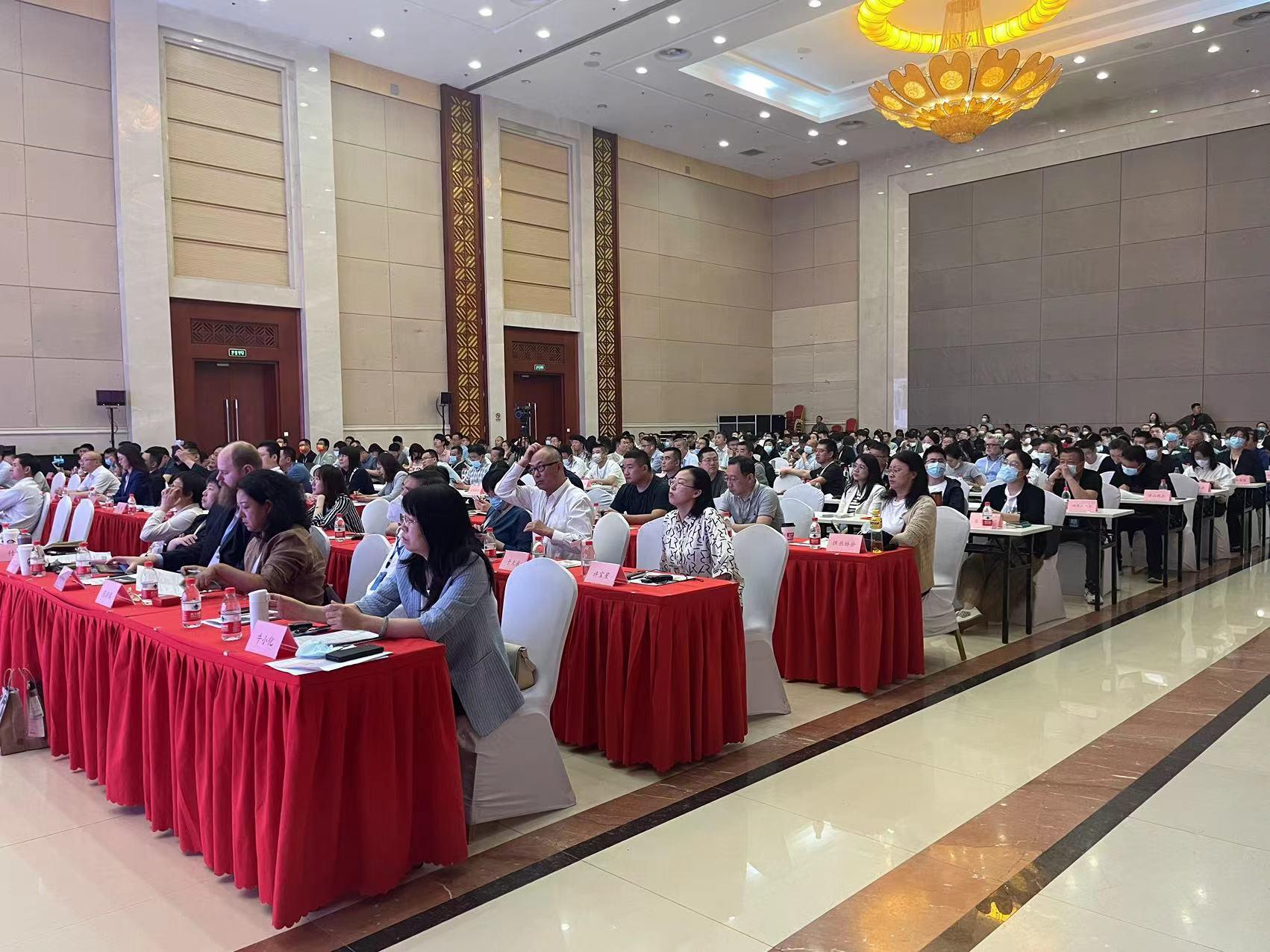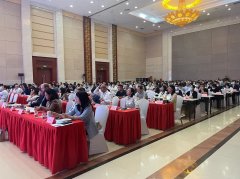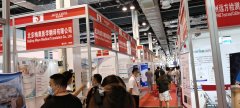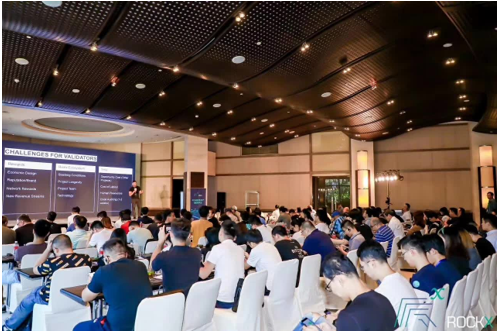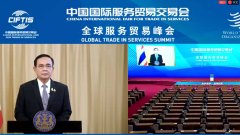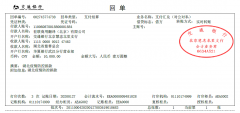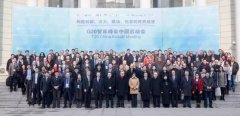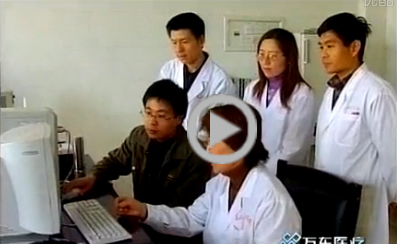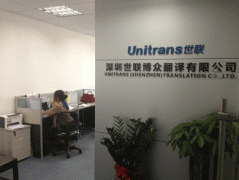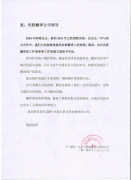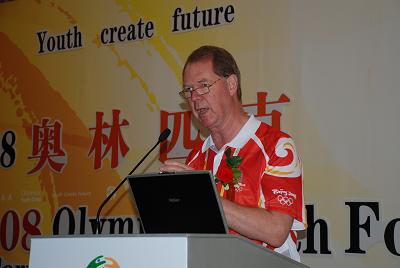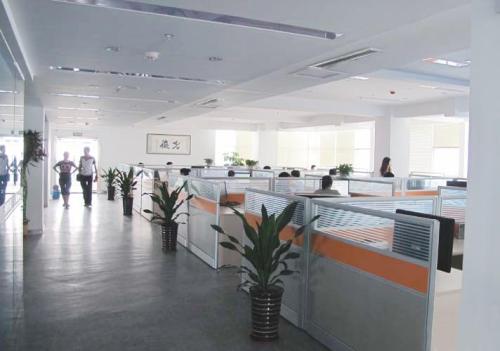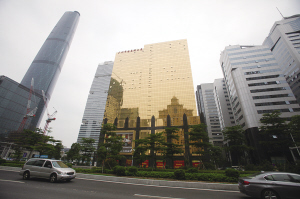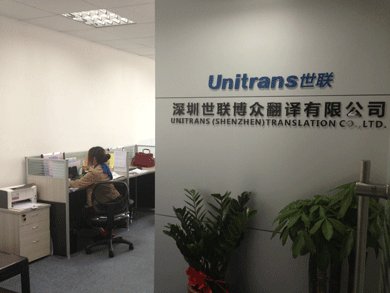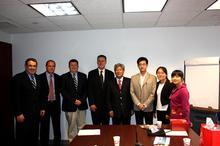英语-俄语/德语 互译
时间:2017-12-27 17:14 来源:未知 作者:kefu 点击:次
Education:
BA in Engineering at University of Bauman Moscow State Technical , Russia.
BA in Translation Studies at University of Hildesheim, Germany.
MA in Translation and Literature at University of Essex, UK.
Work Experiences:
Translation and proofreading 9,800,900 words for Engineering.
Translation and proofreading 8,800,400 words for legal.
Translation and proofreading 7,800,400 words for Accounting.
Translation and proofreading 4,330,150 words for Medical.
Translation and proofreading 8,900,100 words for Law.
Translation and Proofreading 6,300,400 words for Social Science.
Translation and proofreading 7,960,600 words for Economy.
Translation and proofreading 6,400,200 words for Tourism.
Translation and proofreading 10,800,700 words for Marketing Researches and Financial reports.
Translation and Proofreading 7,500,550 words for Human Resources.
Translation and proofreading 5,850,600 words for Education.
Translation and proofreading 2,900,770 words for IT.
Translation and proofreading 4,700,600 words for Beauty.
Translation and proofreading 4,600,100 words for Building & Construction.
Translation and Proofreading 6,320,870 words for Business.
Translation and proofreading 9,800,400 curriculum vitae and Scientific Certificates and Researches.
Translation and proofreading 4,900,400 words for History.
Translation and proofreading 4,500,800 words for Media.
Translation and proofreading 8,100,600 words for Technical.
Translation and proofreading 4,800,900 words for Fitness.
Translation and proofreading 3,900,700 words for Contracts.
Translation and proofreading 2,150,000 words for Psychology.
Translation and proofreading 7,450,200 words for Fashion.
Translation and proofreading 5,900,700 words for Commerce.
Translation and proofreading 4,870,600 words for Linguistics.
Translation and proofreading 5,600,700 words for Literature.
Translation and proofreading 6,700,500 words for Geography.
Translation and proofreading 7,600,700 words for Healthcare.
Translation and proofreading 4,400,900 words for Industry.
Languages:
Mother Tongue: German & Russian.
Native & Fluent: English.
Language Pairs: German <> English, Russian <> English, German <> Russian.
Areas of Expertise:
Building & Construction, Business, Commerce, Copywriting, Cosmetics, Beauty, Ecology & Environment, Education, Pedagogy, European Union, Fashion, Textiles, Clothing, Folklore, Food, Nutrition, Forestry, Wood, Timber, Gastronomy, General, Geography, Globalization, Government, Politics, History, Human Resources, Journalism, Linguistics, Literature, Poetry, Localization, Management, Media, Multimedia, Philosophy, Photography, Graphic Arts, Psychology, Real Estate, Science, Gems, Printing & Publishing,
Science , Sports, Recreation, Fitness, Transportation, Shipping, Social Science, Travel & Tourism, Accounting & Auditing, Advertising & Public Relations, Agriculture, Archaeology, Astronomy & Space, Automotive, Biology, Biotechnology, Botany, Chemistry, Law (Banking & Financial), Law (Taxation, Customs), Localization, Machinery & Tools, Management, Manufacturing, Marketing, Market Research, Mathematics & Statistics, Medicine, Metallurgy, Mining & Minerals, Computer Hardware, Computer Software, Finance, Economics, Fisheries, Timber, Games, Computer Games, Gastronomy, General, Genetics, Health Care, Medicine, Music, Automotive, Engineering, Advertising & Public Relations, Architecture, Art, Crafts, Painting, Arts and Humanities.
Services:
Translation Proofreading Editing
Software & CAT Tools:
Software:
Microsoft Excel Microsoft Word
Adobe Acrobat
Microsoft PowerPoint Photoshop
CAT Tools:
SDL Trados Wordfast.
|





